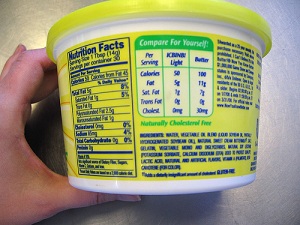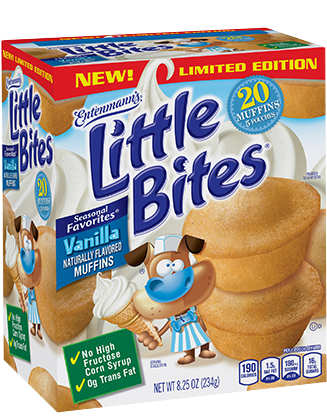Grocery stores present you with a lot of options when it comes to feeding your children, and it can be difficult to decide on what is best.? How many times have you stood in an aisle looking over a wall of granola bars and wondering how you could possibly determine which ones would be best for your children?? How about cereal, lunch meat, frozen meals, and everything else you feed your kids?? Being a parent is never easy, and when it comes to providing the nutrition your children need to grow up healthy and strong, you may be pretty stumped.? But by learning to read and understand nutrition labels, you can make the best decisions on behalf of your children and their overall health.? Here are a few things to consider.
- Ingredients.? This is the first part of the label to consider, even though it?s at the bottom.? Knowing what?s in the packages of food you?re giving your kids is a good way to decide right off the bat whether you should add it to your cart or put it back on the shelf.? Organic foods are always good, since they are notably lacking in chemicals.? But if you don?t want to shell out the extra dough, at least look for a list of ingredients that you can read and understand (if you can?t even puzzle out how to say an ingredient, put the item back).? Also to be avoided: additives like artificial colors and flavors, and chemical preservatives.
- Fats.? Not all fats are bad.? In fact, we need healthy fats in our diet.? However, you should make sure that the fat content is fairly low and avoid trans fats and saturated fats that can raise LDL (bad) cholesterol and contribute to health problems like heart disease.? Opt for healthier unsaturated fats instead.
- Sugar.? Even natural sugars (like those found in fruit) should be consumed in moderation.? But when it comes to added (processed) sugars, you?ll want to seriously cut back.? These types will not only give your kid a fast-burning high (followed by a crash); they are also pretty bad for teeth and can definitely lead to loss of enamel and of course, cavities (while providing no nutritional value).
- Carbohydrates and protein.? These are the slow-burning fuels that your children need to function on an even keel throughout the day.? Look for sources that feature low fat and sugar contents.
- Fiber.? This essential nutrient not only helps with digestion, it also keeps the body from absorbing some fats.? However, people rarely get the amount they should (many of us consume less than half of the daily recommended dose of fiber).? So look for foods that have higher levels of fiber, such as whole grains, to include in your children?s diet.
- Vitamins.? No matter how you try to balance what your kids eat in a day, you?ll likely find that they simply aren?t getting all the vitamins and minerals they need.? For this reason, you may want to include a daily supplement.? Just speak to your doctor first.
Sarah Danielson writes for SeaReach Labels where you can find property marking labels and stickers.





Nutrition is extremely important, especially with kids. It is always good to read the labels and find out what is in the food kids are eating. Take the time. Your children will be healther.
This is great info and it is important to teach children responsibility for their own health. Great post!
This is important information!
Love this post! Can’t agree more!
I think it’s great to teach kids what all the “greek” on the back of the containers mean.
Great info!
Great information!
I too agree with the importance of this information. When the topic was presented to me, I thought it would be great to share and with kids its never too earlier to start teaching them about health and proper nutrition.